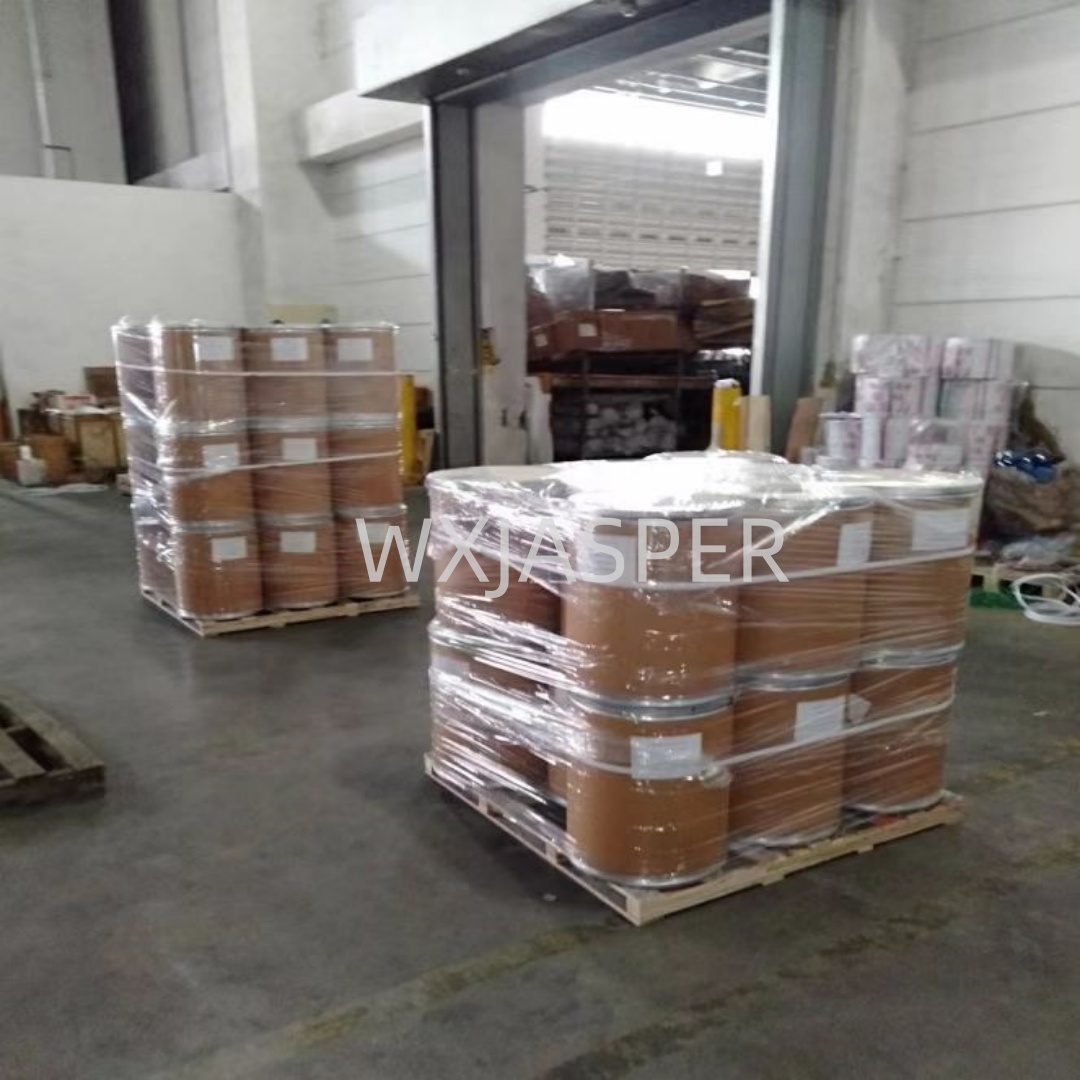Product Details
CasNo: 153719-23-4
MF: C8H10ClN5O3S
Appearance: powder
Delivery Time: 15 days
Packing: 25kg/drum
Purity: 98%
1. Basic Information
- Chemical Name: 3-(2-Chloro-1,3-thiazol-5-ylmethyl)-5-methyl-1,3,5-oxadiazinan-4-ylidene(nitro)amine
- CAS No.: 153719-23-4
- Molecular Formula: C₈H₁₀ClN₅O₂S
- Molecular Weight: 291.71
2. Physicochemical Properties
- Appearance: The pure product is a white crystalline powder; the technical material is a off-white to white crystalline powder.
- Melting Point: 139.1℃
- Vapor Pressure: 6.6×10⁻⁹ Pa (at 25℃)
- Solubility: At 25℃, its solubility in water is 4.1g/L. It is soluble in organic solvents such as acetone, dichloromethane, and toluene, with a solubility of more than 1mg/L in hexane.
3. Mode of Action and Uses
- Mode of Action: It acts on the post-synaptic membrane of the insect nervous system. By binding to nicotinic acetylcholine receptors (nAChRs), it interferes with the normal conduction of the insect nervous system, causing blockage of nerve channels. This leads to the accumulation of acetylcholine, resulting in abnormal excitement, systemic convulsions, paralysis, and eventual death of the insect.
- Uses: It exhibits stomach toxicity, contact toxicity, and systemic activity. It effectively controls pests belonging to Hemiptera, Lepidoptera, Coleoptera, and Thysanoptera, such as aphids, planthoppers, leafhoppers, whiteflies, scarab larvae, and Colorado potato beetles. It is suitable for a variety of crops, including rice, sugar beets, rapeseed, potatoes, cotton, kidney beans, fruit trees, peanuts, sunflowers, soybeans, tobacco, and citrus.
4. Formulations
Common formulations include:
- 25% Water-Dispersible Granules (WDG)
- 50% Water-Dispersible Granules (WDG)
- 70% Seed-Treatment Dispersible Granules (STDG)
- 46% Seed-Treatment Suspension Concentrate (STSC)
5. Toxicity
- Acute Toxicity: The acute oral LD₅₀ for rats is 1563mg/kg; the acute dermal LD₅₀ for rats is 2000mg/kg; the acute inhalation LC₅₀ (4 hours) for rats is 3720mg/kg.
- Other Toxicity: It is non-irritating to the eyes and skin, but toxic to honeybees.
6. Precautions for Use
- Apply the insecticide during the peak period of young nymphs of the target pests. Avoid application under intense sunlight; it is advisable to apply in the late afternoon. Do not apply on windy days or when rainfall is expected within 1 hour.
- The pre-harvest interval (PHI) varies across different crops:
- For rice: The PHI is 28 days, with a maximum of 2 applications per growing season.
- For tobacco: The PHI is 14 days, with a maximum of 2 applications per growing season.
- (Note: Refer to the specific product label for PHI and application frequency on other crops.)


